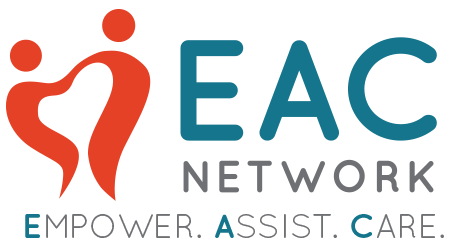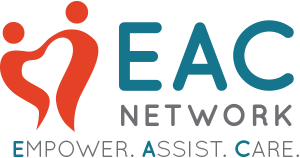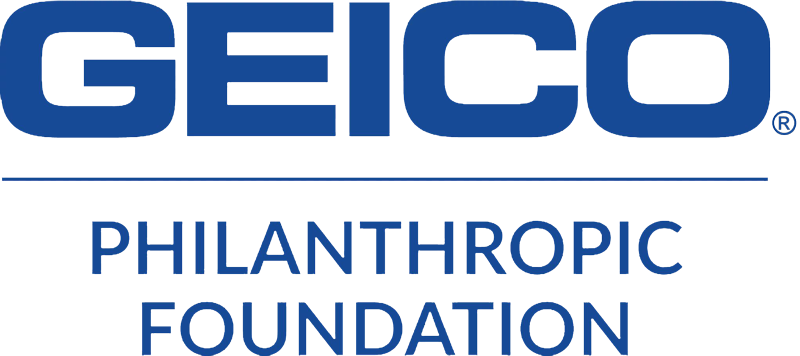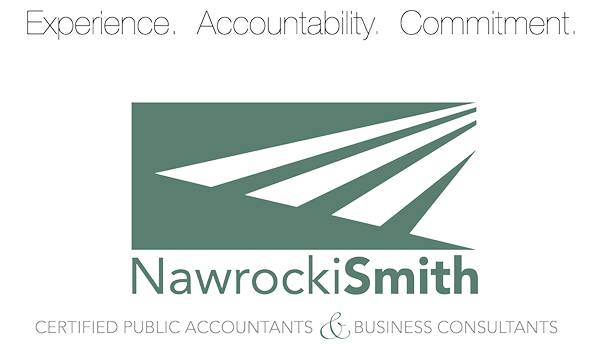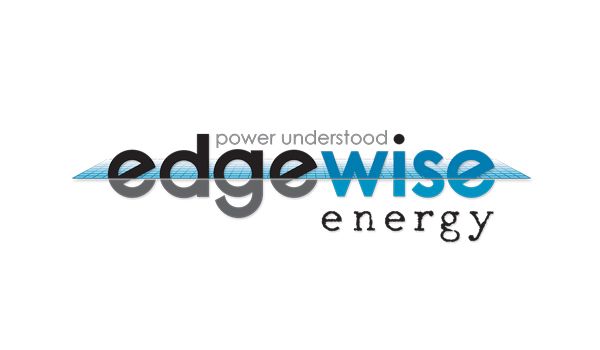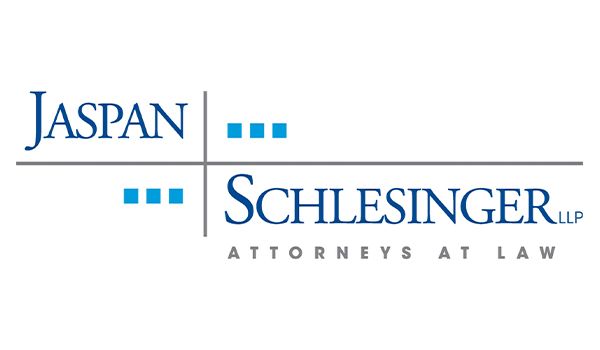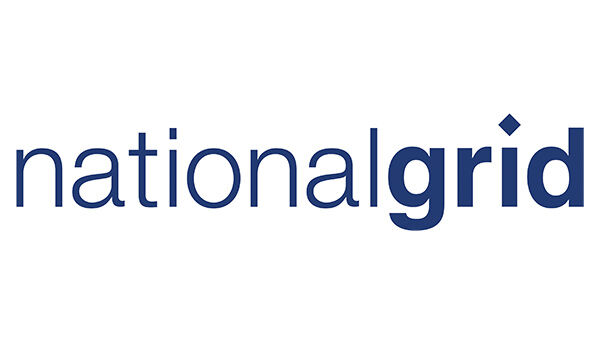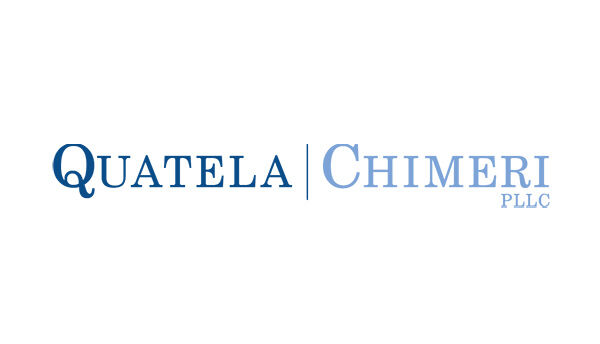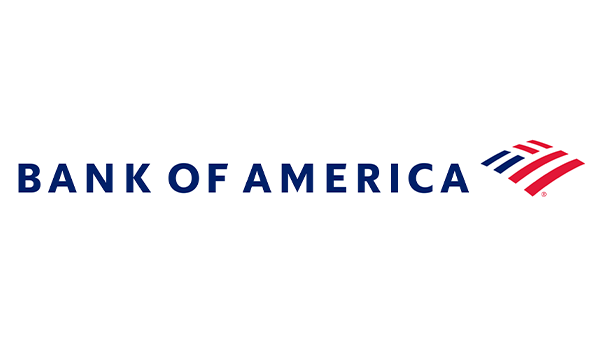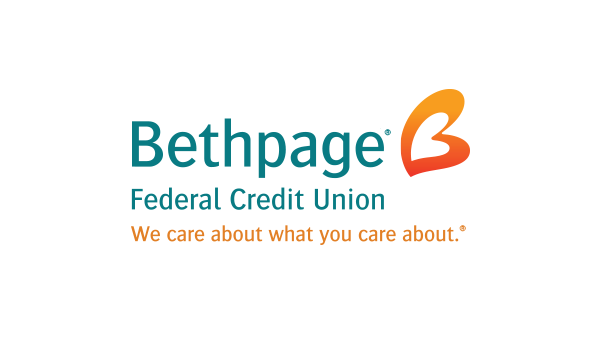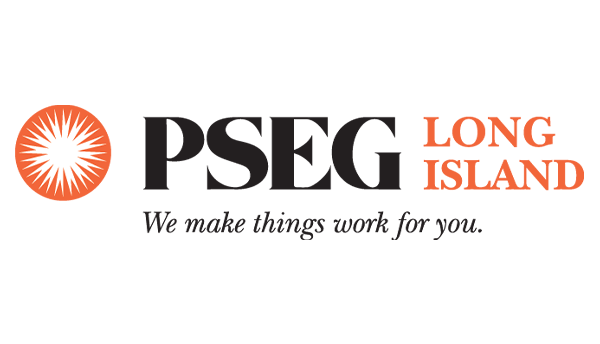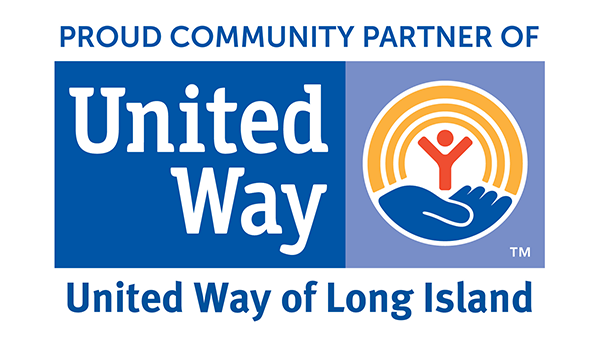
In the realm of philanthropy and community service, nonprofit organizations play a pivotal role in addressing societal issues and making a positive impact on people’s lives. However, nonprofit transparency is an indispensable quality that organizations must uphold to ensure the public’s trust and continued support. Unfortunately, there have been times when nonprofits have misled the public and other organizations about their intentions and handling of funds. Full transparency is the key to gaining community members’ faith in a nonprofit.
6 Ways to Instill Confidence in Your Nonprofit
1. Upholding Public Trust
Transparency is the foundation of public trust. When nonprofit organizations disclose information about their financials, governance, and activities, they demonstrate a commitment to being open and honest with their stakeholders, including donors, beneficiaries, employees, and the general public. This openness fosters a sense of trust, encouraging donors to contribute more willingly and beneficiaries to engage with the organization wholeheartedly.
2. Demonstrating Accountability
Public scrutiny is essential for nonprofits as it holds them accountable for their actions. Transparent reporting of finances and outcomes allows donors and the public to track how their contributions are being used and assess the effectiveness of the organization’s initiatives. When nonprofits are accountable for their decisions, they are more likely to make well-informed choices that align with their mission and values.
3. Attracting and Retaining Donors

Donors are more likely to support organizations that are clear about their goals, operations, and results. Reporting helps donors understand how their contributions make a difference, giving them a sense of ownership in the organization’s mission. This, in turn, strengthens donor relationships, leading to increased support and long-term partnerships.
4. Enhancing Organizational Efficiency
Nonprofit transparency also includes open communication within the organization. When nonprofits practice clear lines of communication with their staff and volunteers, it fosters a collaborative, engaged, and trusting work environment. Employees feel valued and are more likely to be motivated to contribute to the organization’s success when they are kept in the loop as much as possible.
5. Adapting and Improving Impact
Straightforward reporting allows nonprofits to assess their performance objectively. By analyzing the outcomes of their initiatives, they can identify strengths and weaknesses, enabling them to adapt and improve their strategies in the future. Regularly sharing this information with the public also helps nonprofits to receive valuable feedback and suggestions, further enhancing their effectiveness.
6. Influencing Policy and Public Discourse
Nonprofit organizations often work towards advocating for social and policy changes. Transparency empowers them to be credible sources of information, strengthening their position in influencing public opinions and policy making. Policymakers and the public are more likely to trust and consider data-backed claims made by forthcoming organizations.
Nonprofit Transparency Sustains Credibility and Effectiveness
By being open about their actions, finances, and outcomes, nonprofits cultivate public trust, attract and retain donors, and build meaningful partnerships. For over 50 years, EAC Network has embodied this as we have provided services and programs to the members of our local communities. We believe in nonprofit transparency as much as we do about those we help empower, assist, and care for.


